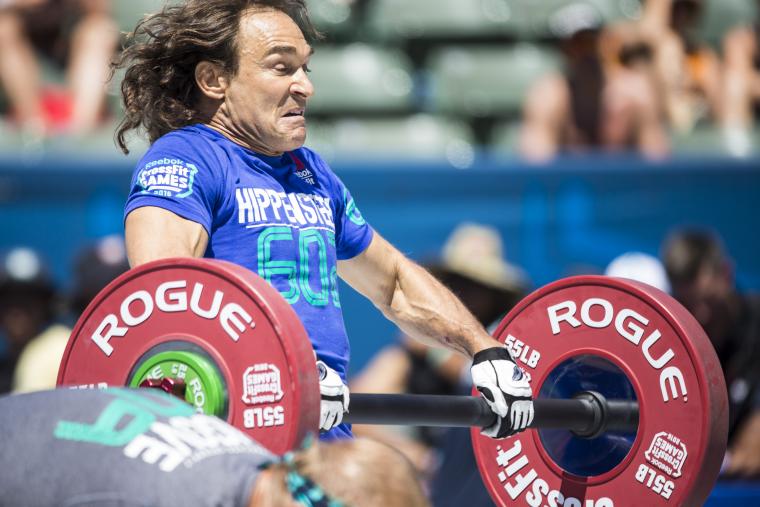
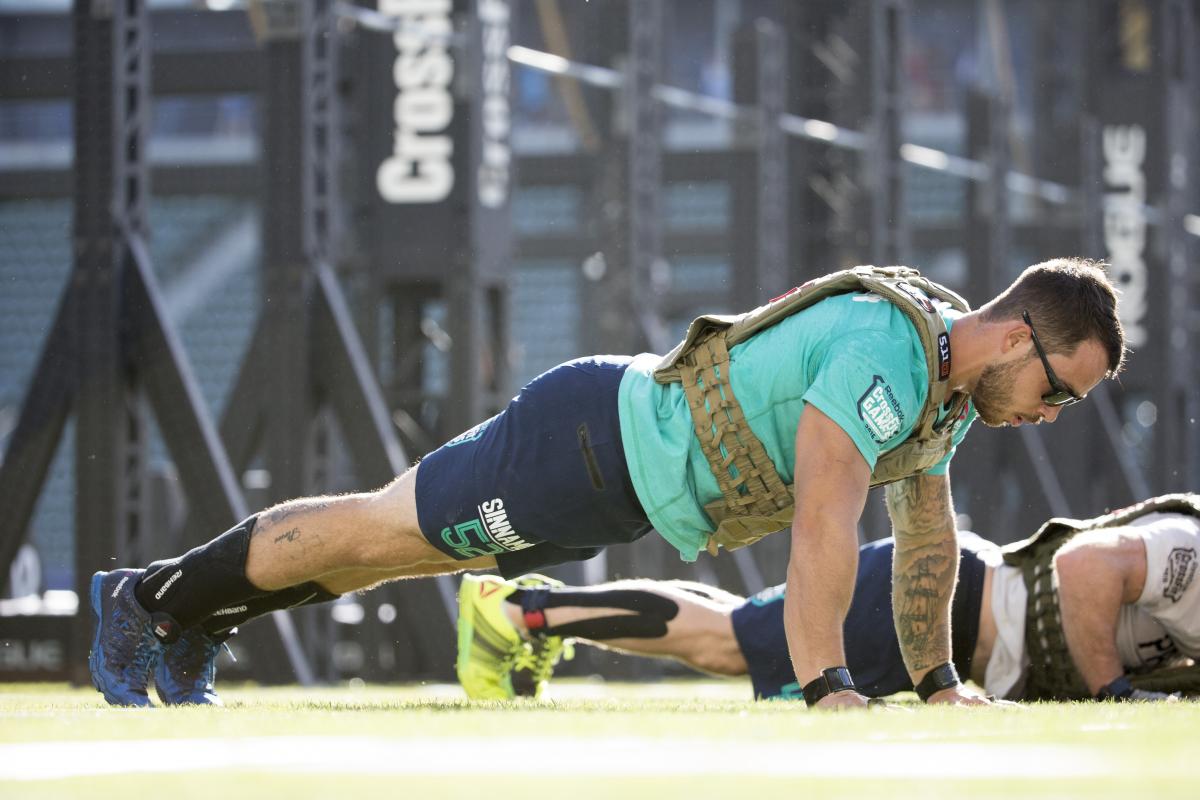
In addition, CrossFit is unique among other forms of fitness in that it incorporates an element of the unknown. Engaged athletes receive challenges, called Workouts of the Day (WOD), online. This differs from a predetermined workout and it has been extremely beneficial to the organization; in fact, athletes enjoy finding out what is in store for them, and then seeing how well they can rise to the occasion.
The CrossFit Games, the competition to name those individuals and teams organizers call “the fittest on Earth” among those affiliates, is offered each year – and it too offers an element of the unknown to its competitors (but more on that later.)
The competition began in 2007, according to Justin Bergh, general manager of the CrossFit Games. The event started small on a private property in Aromas, California, and included a competition followed by a barbecue for all the athletes, as well as any family and friends who were traveling with them.
But nobody counted on the rise of social media, and the corresponding exponential growth of CrossFit.
“By 2010, the Games were forced to move to a larger venue to house more competitors, equipment and spectators, and so we moved operations to the StubHub Center in Carson, California,” notes Bergh. And now, in 2016, he adds, the organization is examining other venues – not because they don’t enjoy the one they’re in, but because the growth has allowed the organization to explore other options.
The Process of Competition
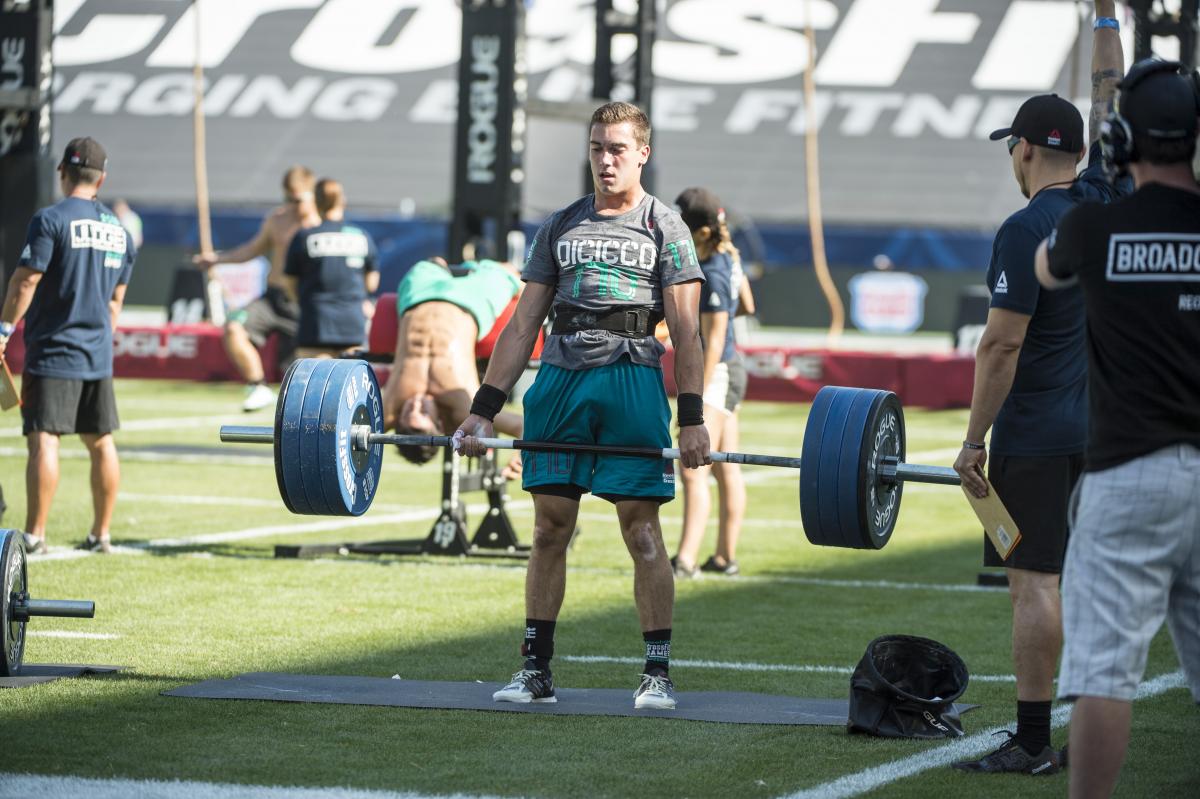
Beginning in 2013, CrossFit began airing live announcements for the Open workouts and past CrossFit Games athletes could immediately complete the workout in a head-to-head competition. Athletes are ranked worldwide and by region. The top CrossFit Open performers in each region advance to the regional events. From there, the top men, women and teams from each regional competition go to the CrossFit Games in Carson.
The Event
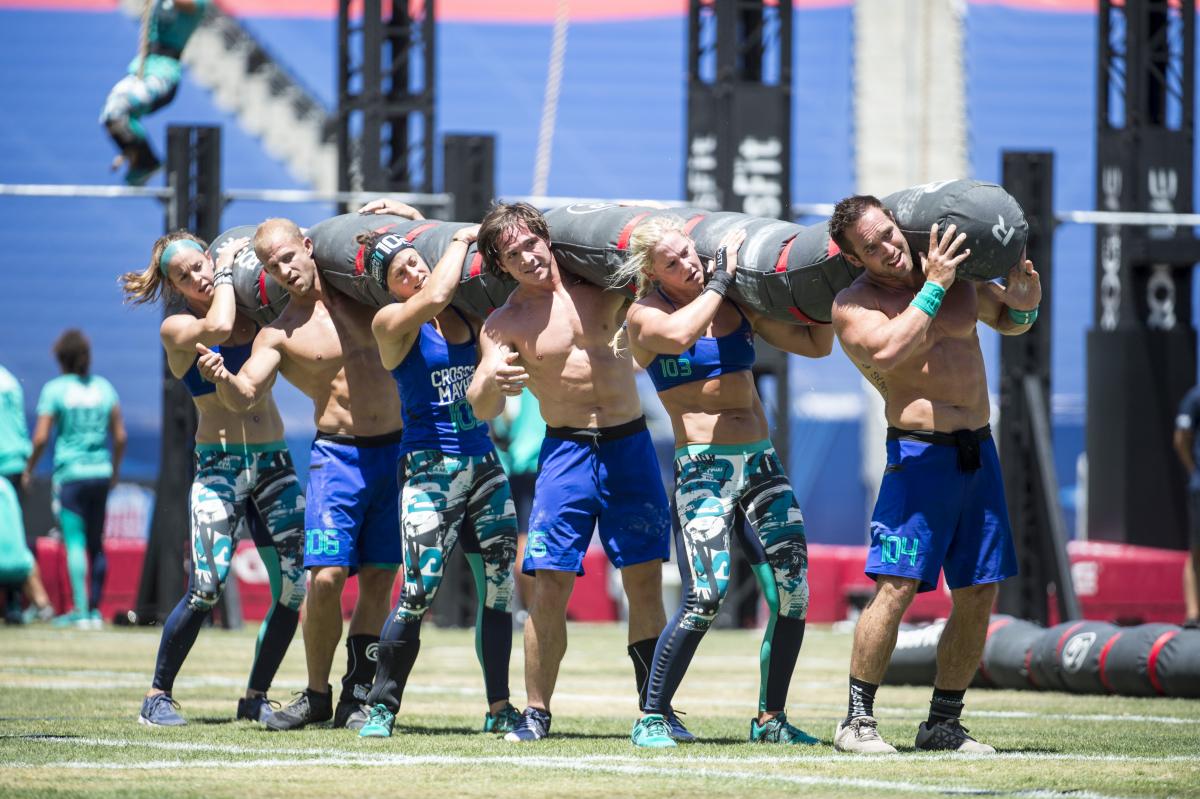
“Obviously, CrossFit is growing at all levels,” notes Bergh.
And Bergh says that because performance is individual, athletes find participation satisfying and they stick with it.
“People can participate at whatever level they feel is appropriate. As a sport, it has lots of ways for people to compare themselves with their peers," he notes.
In fact, he adds, many people may never enter a competition, but they are still a part of the CrossFit community, and the growth numbers bear that out. “In 2011, there were roughly 2,300 gyms. This year, there are 13,000 CrossFit gyms. We think that shows tremendous growth of the brand.”
What Makes CrossFit Unique
As previously mentioned, the fact that athletes have to be ready for whatever challenges they will face is unique to CrossFit. The athletes who compete in Carson, California, know they will be facing a number of challenges, but they do not know exactly what those challenges are until they get there. And that, Bergh notes, means a tremendous challenge to the organizers of the Games.
“We have to be aware of how much time certain challenges will take, and to keep everything running on schedule during a nationally televised event with a large number of moving parts. I don’t know of any other event that is as technically complex as this one. Our fans, media and even judges are in the same boat. We build a strong communication system in advance so that we can move quickly once events are announced. But that's also part of what makes the Games so awesome to experience in person. You can't feel that tension and release unless you're there.”
Of course, he notes, the athletes, too, are exceptionally disciplined, and are willing to meet the challenges. And now, with television crews providing 10 hours of live coverage for ESPN, staying on schedule is just business as usual.
The Facilities
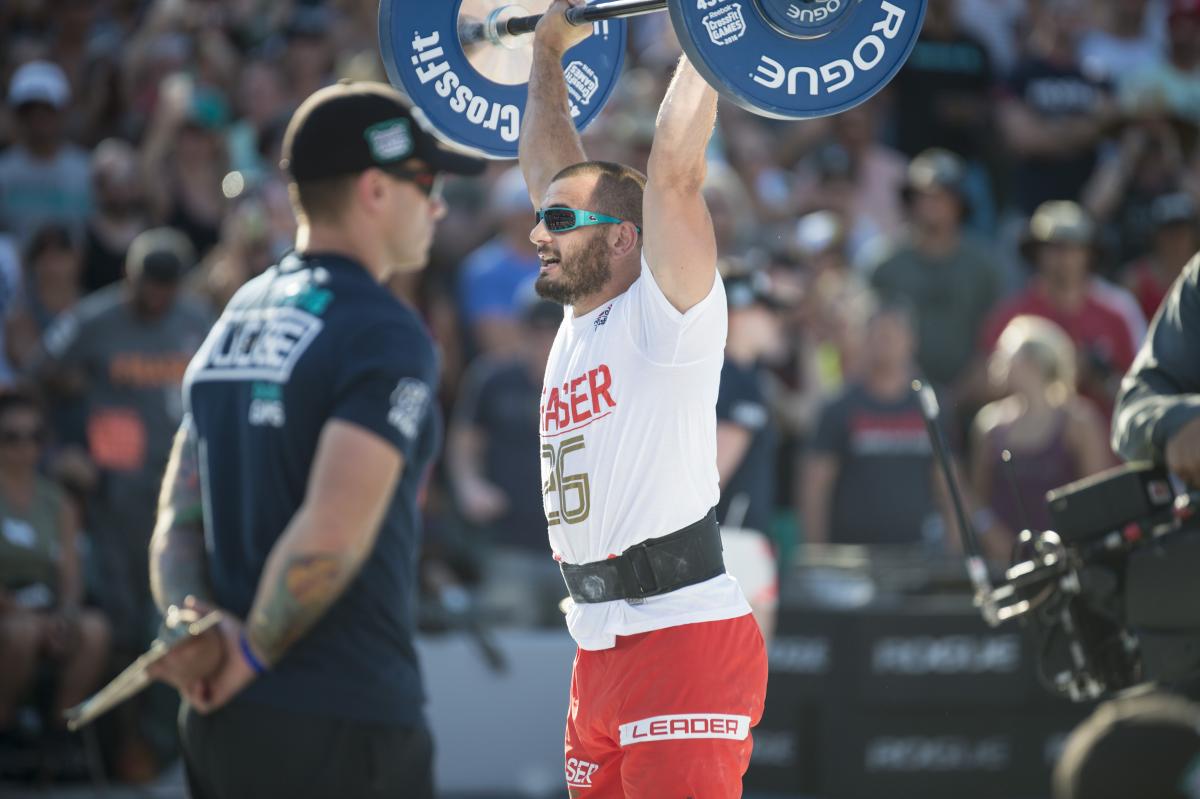
“One day, we might be holding our events in a tennis court; another day, we might be using a swimming facility or a military base,” Bergh says. “We can have between 14 and 20 different events or floor sets in just one day of competition. We’re always looking at the proximity of arenas to one another and the ability for people to move between them.”
Finding a city to host an event, however, is an all-inclusive process.
“For us, choosing locations for our events is not just about the facilities; it’s about finding a community that welcomes these Games and wants to be an active part of them. We’re looking for ways a city can really embrace a fitness culture and build more of a festival and community gathering around the event.”
The Growth
Since its humble beginnings on a ranch, the CrossFit Games have grown in size, and all that growth has created a new dynamic in what its on-site spectators are looking for.
“We know that a lot of our spectators are CrossFit athletes, so we've pushed for healthier food choices at our Games to make sure our fans can enjoy being at a major sporting event without feeling like they have to eat normal stadium food,” says Bergh.
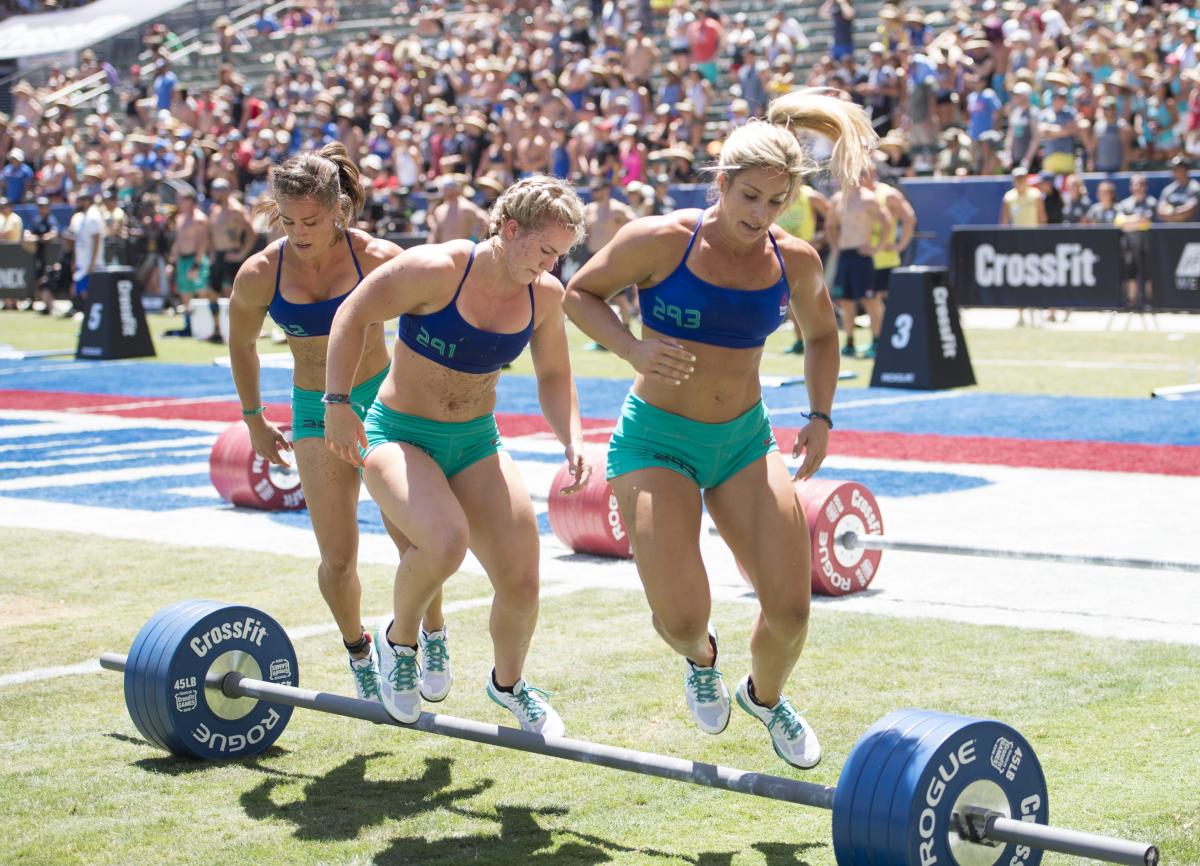
The Economics and Demographics of CrossFit
According to Bergh, the CrossFit Games are beneficial to the host community. Ohio University conducted an on-site and online economic impact study; its findings included a raw figure of $17.5 million. It also provided some interesting demographics about the CrossFit crowd.
“We’ve seen that all of the top athletes come from CrossFit gyms around the world, and that they’re interested in traveling. A total of 84 percent of our athletes have a four-year college degree, and 61 percent of them have a household income above $100,000. One area in which we’re very fortunate is the fact that our attendees and our volunteer base travel very well.”
The Future
CrossFit is an excellent contributor to the sports travel industry, notes Bergh.
“From a standpoint of a ticketing product, the Games are very marketable: we mark our weekly attendance at 60,000. We’re bringing in 4,000 additional seats to the StubHub Center each year, and about 30 percent of that population is from outside the U.S. It's a true destination event.”
Growing the spectator experience the same way the organization has grown its athlete membership is the next challenge to CrossFit. But then again, this is an organization that thrives on unknown challenges, and this provides yet another chance to rise to yet another occasion. It’s a sure bet CrossFit will enjoy doing it.

